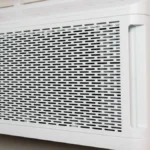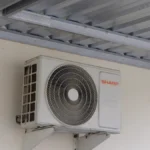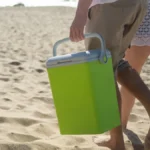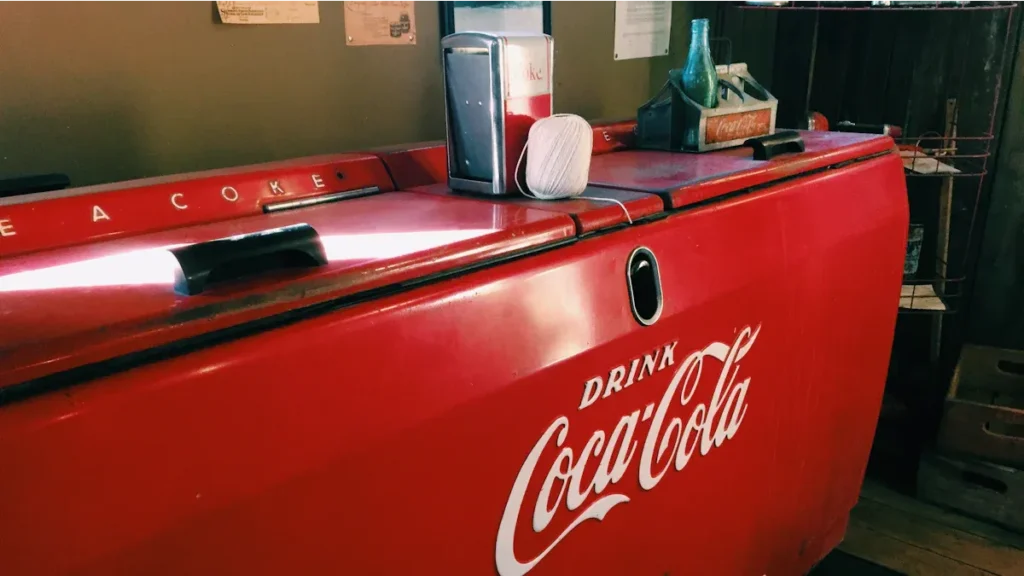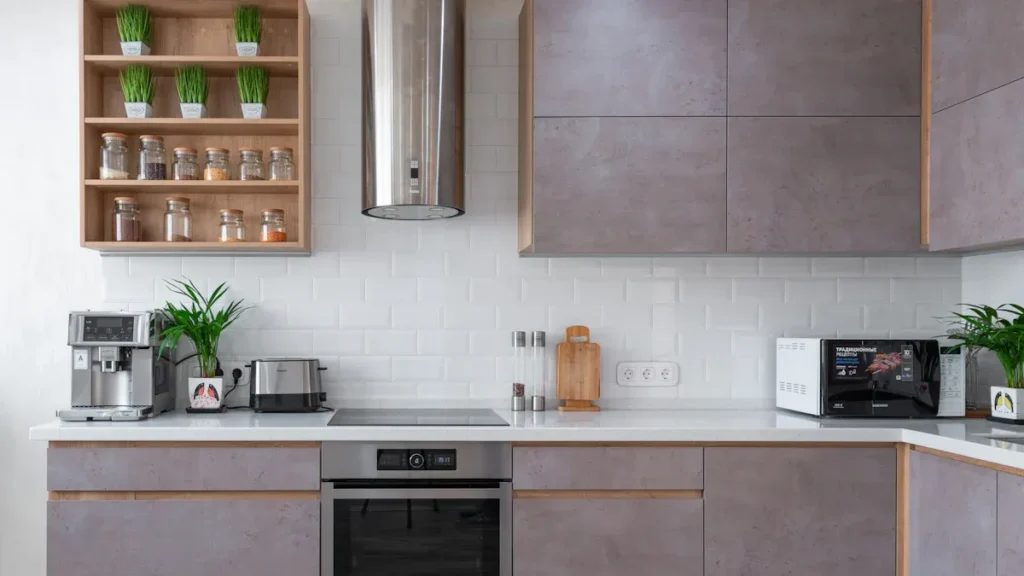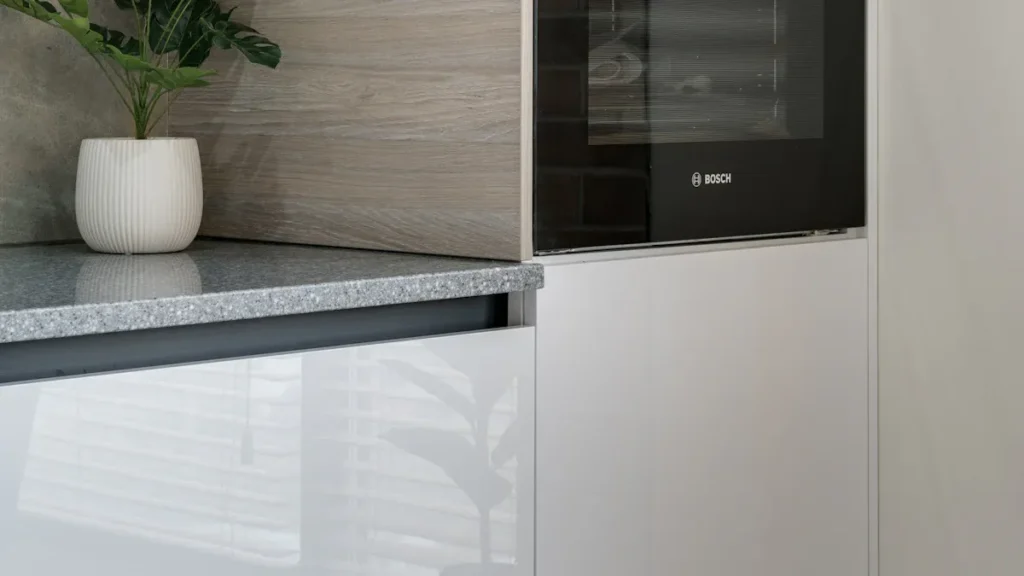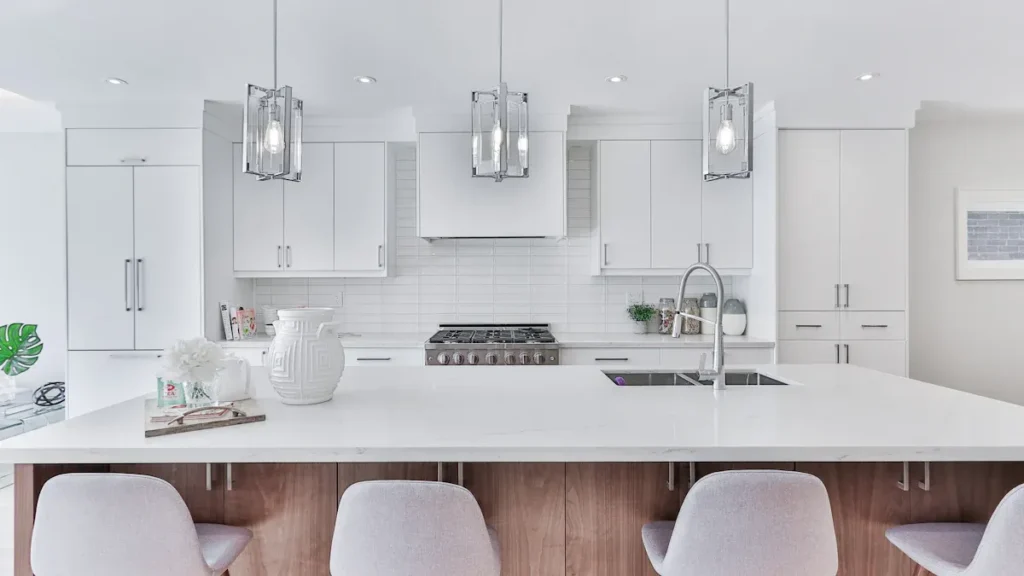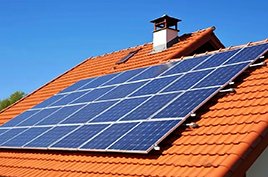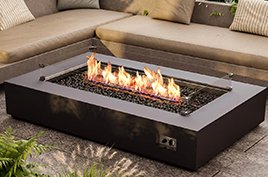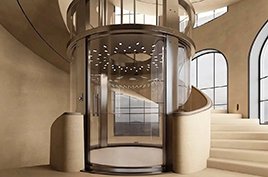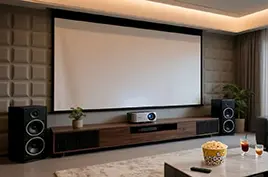You can boost indoor air quality in 2025 with just a few simple changes. Open your windows for fresh air. Clean your space often. Try using the right products for your home. Even small steps can make a huge difference in how you feel every day. Ready to breathe easier? Start making these changes now!
Key Takeaways
Open your windows every day. Fresh air comes in when you do this. It helps make indoor air better.
Clean your home often. This lowers dust, pet dander, and mold. Use a vacuum with a HEPA filter for best cleaning.
Keep humidity between 30% and 50%. This stops mold from growing. It also keeps your skin feeling good.
Pick cleaning products with low-VOC. These do not have many bad chemicals. They help keep your air clean and healthy.
Think about using air purifiers with HEPA filters. They catch allergens well. This makes the air you breathe better.
Indoor Air Quality Basics
Why Indoor Air Quality Matters?
You spend lots of time inside. The air you breathe at home or work is important. Clean indoor air helps you feel good each day. When the air is clean, you can breathe well. You sleep better and stay healthy.
Did you know? Bad indoor air can cause health problems. Check the table below to see how it can affect you and your family:
Health Outcome | Evidence Source |
|---|---|
World Health Organization, 2022 | |
Cardiovascular diseases | World Health Organization, 2022 |
Gastrointestinal and colorectal cancer | Pritchett et al. |
Anaemia in children <5 years old | Odo et al., 2023 |
Dementia | Cheng et al., 2022 |
Adverse birth outcomes | Li et al., 2019 |
Changes in gut microbiota | Li et al., 2023 |
Reduced life expectancy | Greenstone and Hasenkopf, 2023 |
Pre-eclampsia risk reduction | Molitor et al., 2023 |
Autism risk in infants | Rahman et al. |
Indoor air quality affects more than just your lungs. It can hurt your heart and brain. It can even affect your children’s health. That’s why you should care about the air inside your home.
Common Pollutants
Many things can make indoor air worse. Some come from inside your house. Others come in from outside. Here are some common pollutants you might find indoors:
Carbon monoxide (CO)
Particulate matter (PM)
Mold and moisture
Nitrogen dioxide (NO2)
Radon
Pesticides
Secondhand smoke and aerosols
Volatile organic compounds (VOCs)
Biological contaminants like pet dander and dust mites
Things like cleaning sprays and air fresheners can release tiny particles. Paints can also add chemicals to the air. These can build up and make indoor air worse than outdoor air. Even opening windows or using some air cleaners can add problems if you are not careful.
Tip: Try to find pollution sources in your home. Look for mold, strong smells, or smoke. Small changes can help make your indoor air better.
Improve Indoor Air Quality Daily
Ventilation Tips
Fresh air helps make indoor air better. Open your windows every day for a few minutes. This lets old air out and brings in new air. If the air outside is bad, wait for a good time. Early morning or after rain is best.
Mechanical ventilation systems work better than just opening windows. These systems bring in outdoor air and remove dirty air. Here are some ways to use ventilation:
Use whole-house mechanical ventilation to bring in fresh air and remove indoor pollutants.
Pick a balanced ventilation system. It takes out old air and brings in new air.
Install a heat recovery ventilator (HRV) to save energy while you ventilate.
Try an energy recovery ventilator (ERV) to control both heat and moisture.
Clean your ventilation system’s intake grilles and filters often.
Tip: Good ventilation helps lower dust, mold, and chemical fumes. This can help you avoid breathing problems.
Let’s look at natural and mechanical ventilation:
Ventilation Type | Effectiveness in Reducing Indoor Air Pollutants | Notes |
|---|---|---|
Natural Ventilation | Less effective | Depends on weather and outdoor air quality. May not work well in polluted areas. |
Mechanical Ventilation | More effective | Gives you steady airflow and filtration. Helps lower moisture, VOCs, and CO₂ levels. |
Cleaning to Reduce Indoor Allergens
A clean home is a healthy home. Dust, pet dander, and mold can build up fast. These can cause allergies or breathing problems. You can fight indoor allergens with easy habits:
Vacuum floors and carpets every week. Use a vacuum with a HEPA filter for best results.
Wash bedding in hot water to kill dust mites.
Dust with a damp cloth to trap dust.
Try ozone treatment if you have a big problem with mold or dust mites. This can cut mold spores by 90% and dust mite allergens by 75%. Many people sneeze and cough less after just one session.
Note: Cleaning often lowers dust mite and pet dander levels. This helps you breathe better and lowers the chance of breathing problems.
Managing Humidity
Humidity is important for how you feel inside. Too much moisture can cause mold. Dry air can bother your skin and lungs. Try to keep humidity between 30% and 50%. This range keeps viruses weak and mold away. Your skin will feel better too.
Here’s how to manage humidity:
Use a dehumidifier in summer to take out extra moisture.
Run a humidifier in winter if the air feels dry.
Make sure your home has good ventilation to let moisture out.
Keep humidity below 60% to stop mold and protect your home.
In winter, aim for 30-40%. In summer, try for 30-45%.
Callout: Keeping humidity right helps stop indoor allergens and lowers your risk of breathing problems.
Avoiding Indoor Pollutants
Many products in your home can make air worse. Aerosol sprays, air fresheners, bleach, and some cleaners release VOCs. These chemicals can build up and cause headaches or allergies. They can even cause health problems over time.
You can make better choices to help your air:
Pick low-VOC products for cleaning and painting. These are safer for your lungs and better for the planet.
Look for products that are asthma and allergy friendly. These are tested for low emissions and dust.
Try not to use air fresheners, chlorine bleach, or strong chemical cleaners.
Never smoke indoors. Smoke is a big source of indoor allergens and can cause serious breathing problems for everyone.
Some of the biggest sources of indoor air pollution are:
Aerosol sprays (health, beauty, and cleaning products)
Air fresheners
Chlorine bleach
Detergents and dishwashing liquids
Dry cleaning chemicals
Rug and upholstery cleaners
Furniture and floor polish
Oven cleaners
Tip: Lowering VOCs in your home can help you avoid breathing problems. It helps everyone breathe easier.
If you follow these habits every day, you can make your indoor air better. You will have fewer allergens and protect your family from breathing problems. Small changes can make a big difference in how you feel each day.
Best Products for Clean Air
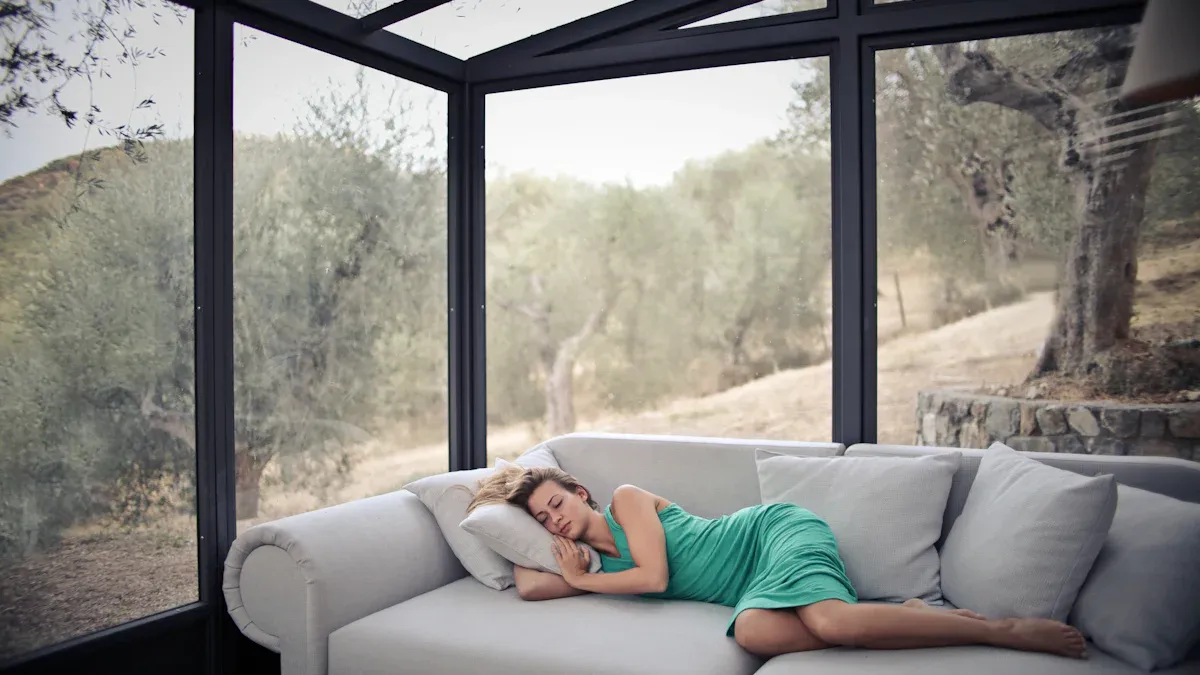
Air Purifier Tips
Do you want cleaner air at home? An air purifier can help you breathe better. Pick one that fits your room size. HEPA filters are best because they trap almost all tiny particles. They catch dust, pollen, and bacteria. Medical-grade HEPA filters catch even more. Here are some top air purifiers for 2025:
Blueair Classic Pro CP7i (extra-large rooms)
Coway Airmega 450 (large rooms)
Honeywell AirGenius 5 HFD-320 (medium rooms)
GermGuardian CDAP4500BCA (small rooms)
HEPA filters help lower allergies and breathing problems. You will have cleaner air and feel better.
Tip: Change your air purifier filter often. This keeps your air fresh and your device working well.
Air Quality Monitors
You cannot see most air pollutants. But you can track them with an air quality monitor. These devices measure dust, pollen, VOCs, CO₂, and humidity. Good monitors help you find problems fast. Here is what to look for:
Feature | Why It Matters |
|---|---|
Measured Parameters | Shows what is in your air |
Particulate Matter | Finds dust and pollen |
VOCs | Warns you about harmful chemicals |
CO₂ | Tells you if you need more fresh air |
NO₂ and Ozone | Alerts you to gases that can hurt your lungs |
Humidity & Temperature | Keeps your space comfy and mold-free |
Accuracy | Gives you good readings for smart choices |
Third-party Evaluation | Checks if the monitor works well |
Popular monitors like AirGradient ONE and Qingping Pro 2 are very accurate for CO₂ and PM2.5.
High-Efficiency Vacuums
You want to get rid of dust and allergens, not just move them around. High-efficiency vacuums with HEPA filters trap tiny particles regular vacuums miss. These vacuums work on carpets and hard floors. They help people with allergies by removing dust mites, mold spores, and pet dander. HEPA vacuums last longer and keep allergens from going back into the air.
Callout: Using a HEPA vacuum helps you clean deeper and breathe easier.
Houseplants for Air
Some houseplants can help clean your air. Plants like spider plant, snake plant, peace lily, aloe vera, and Boston fern remove chemicals from the air. They take out things like formaldehyde, benzene, and xylene. Studies show plants can lower indoor CO₂ by up to 20% in three months. Succulents can lower CO₂ even more.
Plant Name | Pollutants Removed |
|---|---|
Spider Plant | Formaldehyde, xylene, toluene |
Snake Plant | Formaldehyde, benzene, nitrogen oxides |
Peace Lily | Benzene, ammonia, xylene |
Aloe Vera | Formaldehyde, benzene |
Boston Fern | Formaldehyde, xylene |
Tip: Put a few houseplants in your living room or bedroom. This gives your air a natural boost.
🌱 Want even more advanced solutions? George Appliance has smart air systems and high-quality products for homes and businesses. Their expert team can help you find the best fit for your space.
Modern Solutions for 2025
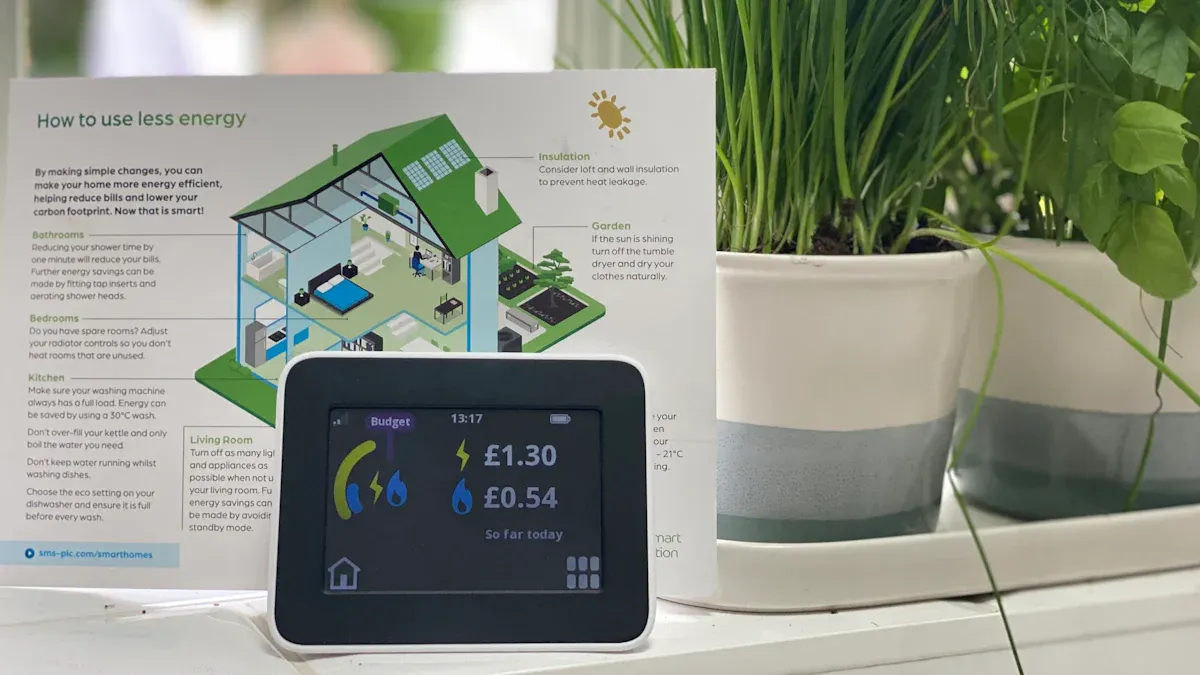
Smart Home Air Systems
Smart home air systems help you control air at home. These systems use new technology to keep your space safe. You can use your phone to change the temperature. Many systems remember what you like best. They can guess the weather and change your home’s climate.
You can make routines and schedules with apps like Alexa.
Sensors know when you are home and change heating or cooling.
Alerts tell you when to check your system.
These features help you use less energy and keep air clean. You can control pollution sources in your house.
Advanced Filtration
Filtration technology is much better now. In 2025, some systems use AI to watch and clean the air. Some filters use nanotechnology to catch tiny particles. Others use UV, carbon, and reverse osmosis for cleaner air.
Technology Type | Features |
|---|---|
Smart Water Filtration Systems | AI monitoring, app control |
Advanced Reverse Osmosis Systems | Multi-stage, high-efficiency filtration |
Nanotechnology and Ultrafiltration | Nanomembranes, ultrafine particle removal |
Hybrid Water Purifiers | UV, RO, carbon filters, easy maintenance |
These filters work better than old ones. They catch more particles and help fight pollution. You may need to change filters more often. You get cleaner air and water. Think about cost and benefits before you choose a system.
George Appliance Solutions
George Appliance helps you get clean air. Since 2006, they have helped homes and businesses. You get many products and services for your needs.
Product/Service Type | Description |
|---|---|
Indoor Air Quality Solutions | Service and installation of air systems |
Residential Ventilation Systems | Fresh air for your home |
Residential Air Purifiers | Devices to clean indoor air |
Residential Dehumidifiers | Control moisture and prevent mold |
Filters for better air | |
Commercial Ventilation Systems | Clean air for offices and businesses |
Commercial Air Purifiers | Purifiers for large spaces |
Commercial Dehumidifiers | Moisture control for commercial settings |
Commercial Air Filtration | Filters for business environments |
Tip: George Appliance puts you first. Their team helps you pick the best solution. You get quality, support, and fast service every time.
Are you ready to control air quality at home? Choose George Appliance for great products and expert help. Breathe better and enjoy a healthy space today!
Mistakes to Avoid
Skipping Maintenance
You may think your air system is fine. But if you skip maintenance, your indoor air can get worse. Dust and dirt can build up quickly. If you do not clean or check your system, it can spread pollutants. It will not remove them. Regular check-ups and filter changes help your system work well.
Here’s why maintenance is important:
What You Do | How It Helps Your Air |
|---|---|
Schedule inspections and cleaning for your IAQ equipment | Makes air better, helps your equipment last longer, and saves money |
Follow a written maintenance plan | Keeps your air system working well and reliably |
Use proper IAQ management strategies | Can lower cleaning costs by 70% and make air cleaner |
Tip: Set reminders for air quality tests and system check-ups. You can find problems early and keep your air fresh.
Wrong Cleaning Products
Some cleaning products can make your air worse. Many sprays and paints release VOCs and chemicals. These can cause asthma or allergies. If you use the wrong products, you add more pollution to your home.
Pick low-VOC or natural cleaners.
Stay away from regular paint and strong sprays.
Look for labels that say “safe for indoor air.”
You should also avoid insulation that lets out bad particles. Always check labels and test your air after big projects.
Ignoring Filter Changes
Filters catch dust, pollen, and other things. If you forget to change them, your air system cannot work right. Dirty filters block air and let pollution back in. You need to check filters often and change them when needed.
Write down when to change filters.
Use phone reminders.
Change filters when you test your air.
Testing your air helps you know when to get a new filter. Clean filters mean cleaner air for you and your family.
One-Size-Fits-All Approach
Every home is different. You cannot use the same fix everywhere. Some people ignore dust or pick the wrong insulation. Others skip air tests or use products that do not fit their needs.
Common mistakes are:
Not cleaning dust and particles, which can have toxins and allergens.
Using regular paint with bad chemicals.
Picking insulation that lets out harmful particles.
You need to test your air and pick what works for your space. Air testing helps you find hidden problems and choose the right products.
Want expert help? George Appliance offers air testing, smart air systems, and custom solutions for homes and businesses. Their team can help you pick the best products, from air purifiers to advanced filters. Choose George Appliance for clean, healthy air every day.
You can help make your indoor air better by doing easy things and using smart products. Try to open your windows, clean your rooms a lot, and use high-efficiency filters. Research shows that good ventilation and the right air filters help you breathe easier. These steps can also save energy. If you want help, George Appliance has advanced air systems, solar solutions, and expert support for homes and businesses. Start now because your health and comfort are important!
FAQ
What are the most common indoor pollutants I should watch out for?
You can find dust, pet dander, mold, and pollen at home. Cleaning sprays, smoke, and some furniture can add pollutants. Look for strong smells or dust you can see. These things might make you sneeze or feel sick.
How do pollutants get inside my home?
Pollutants come in through windows and doors. You can bring them in on shoes or clothes. Cooking, cleaning, and burning candles make more pollutants. HVAC systems can move pollutants around your house. Clean often and use air purifiers to lower them.
Can houseplants really help reduce pollutants?
Yes, houseplants can take in some pollutants. Spider plants, snake plants, and peace lilies work well. They help lower formaldehyde and benzene. You still need to clean and let in fresh air. Plants give your air a natural boost.
How often should I check for pollutants in my home?
Check for pollutants once a month. Use an air quality monitor to track dust, VOCs, and mold. If you sneeze or cough more, test sooner. Regular checks help you find problems early and keep air fresh.
Why should I choose George Appliance for cleaner air?
George Appliance gives smart ways to fight indoor pollutants. You get air purifiers, ventilation, and expert help. Their team helps you pick the best products for your space. Want less pollution and healthier air? Choose George Appliance for good service and quality.
Ready to breathe easier? George Appliance brings advanced air systems and solutions. The team helps homes and businesses stay healthy. We make it easy to keep pollutants out and comfort in. Contact George Appliance today for a better space!

